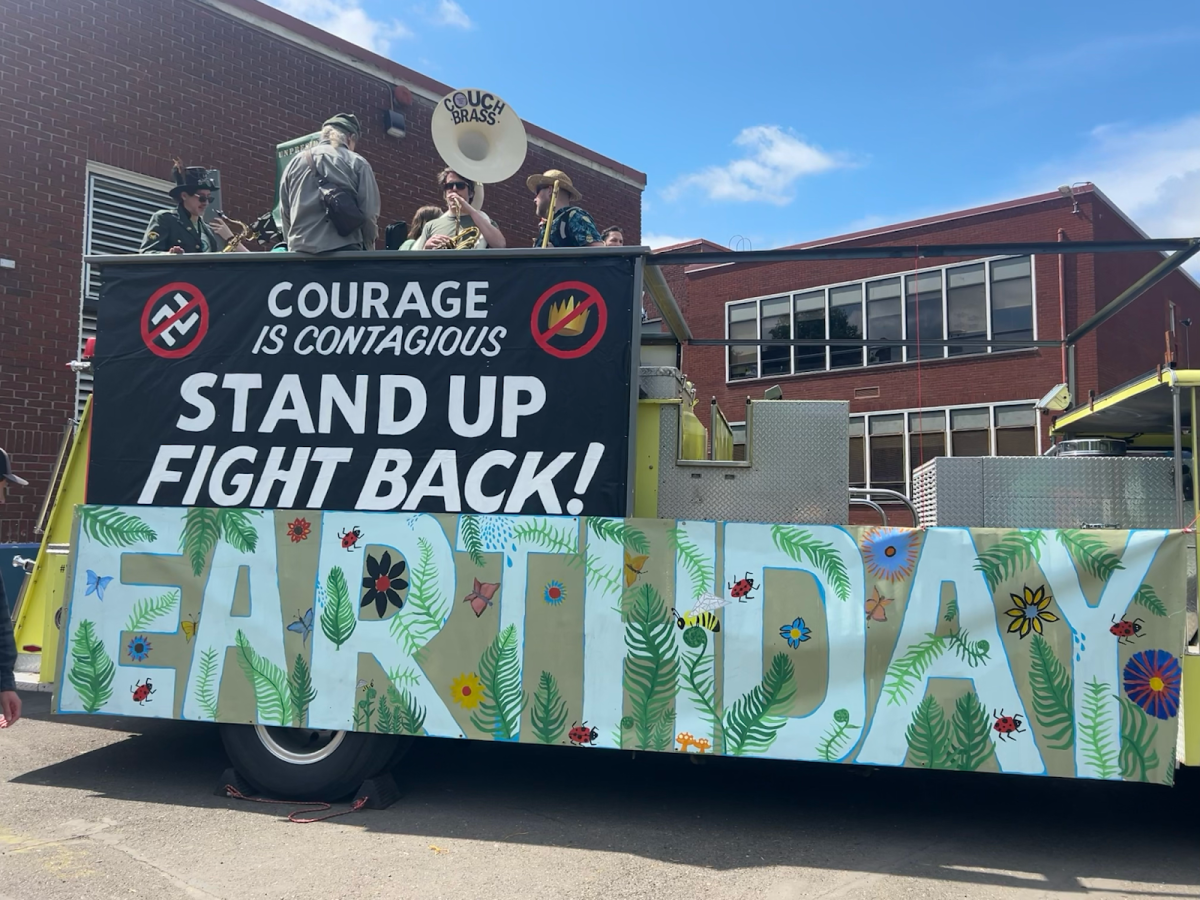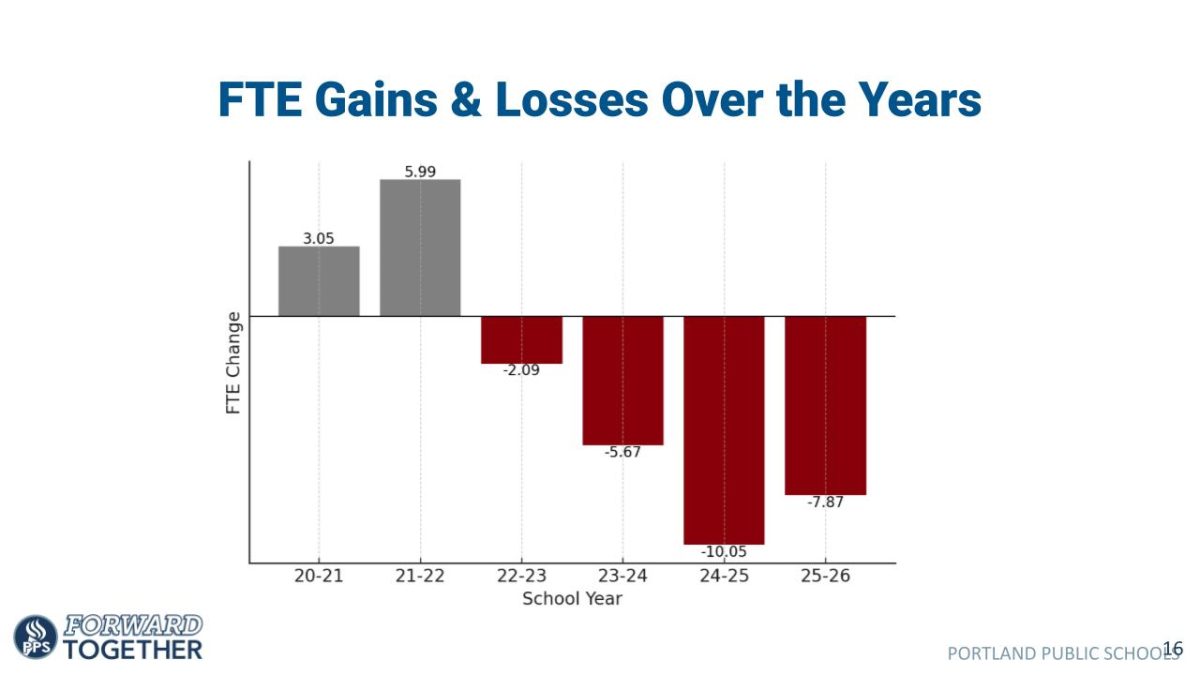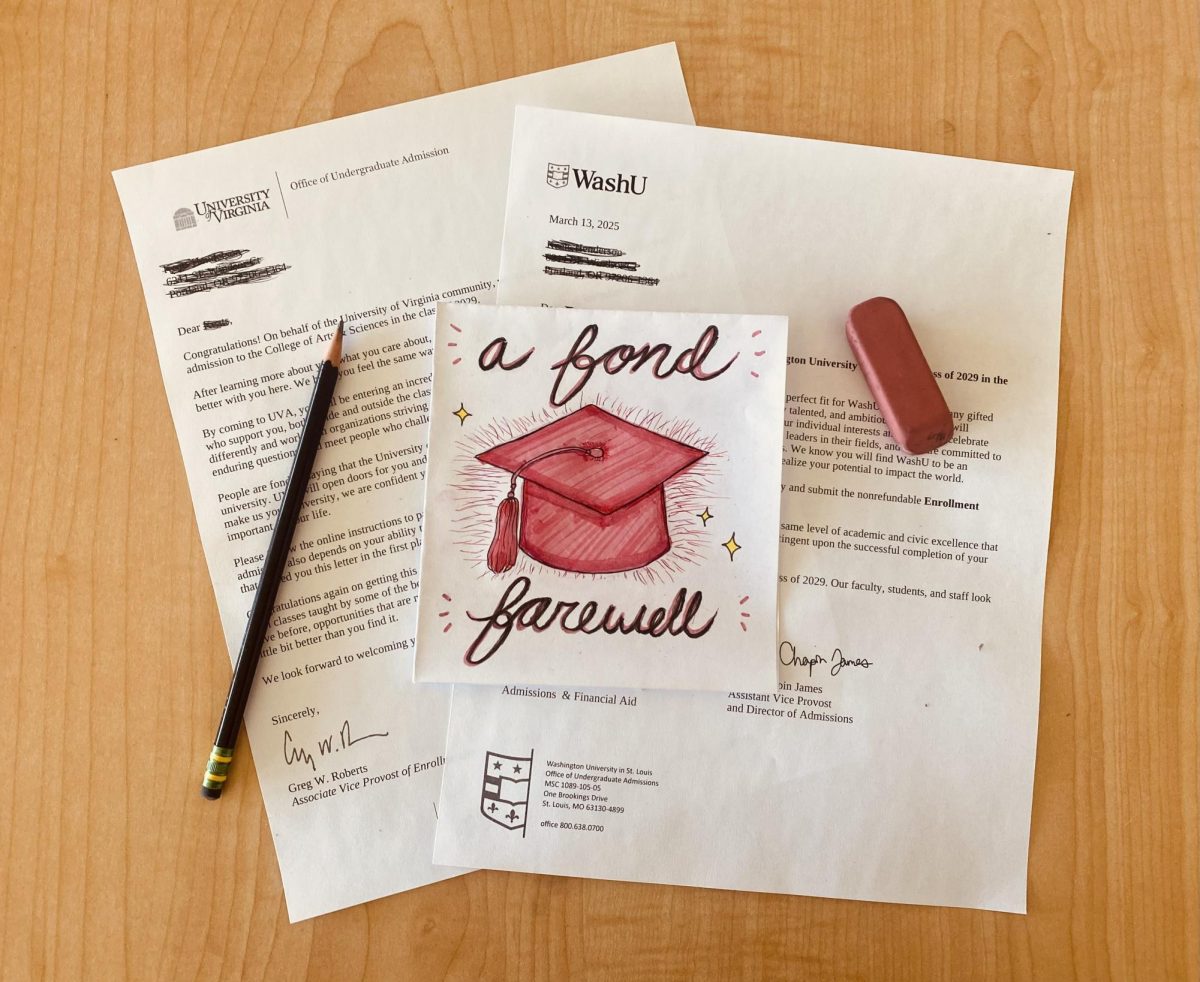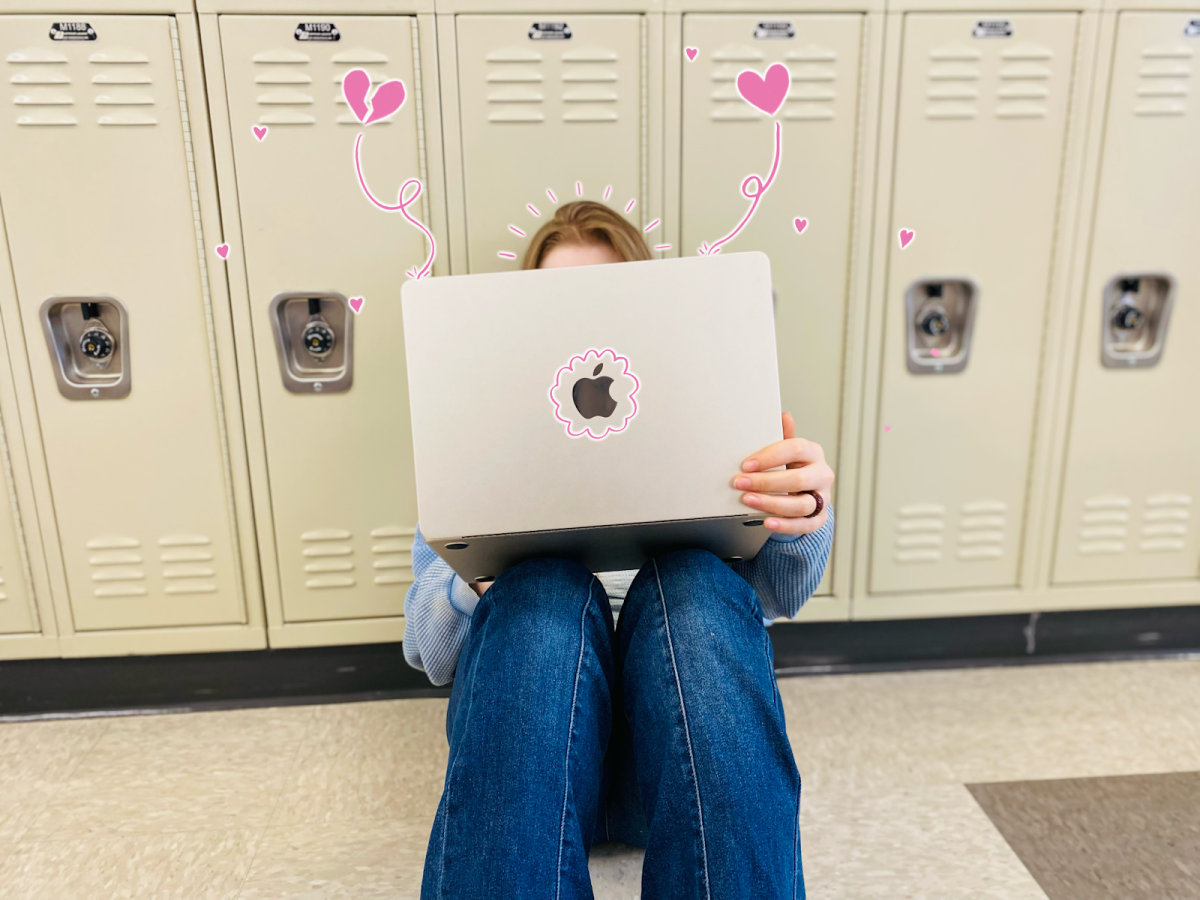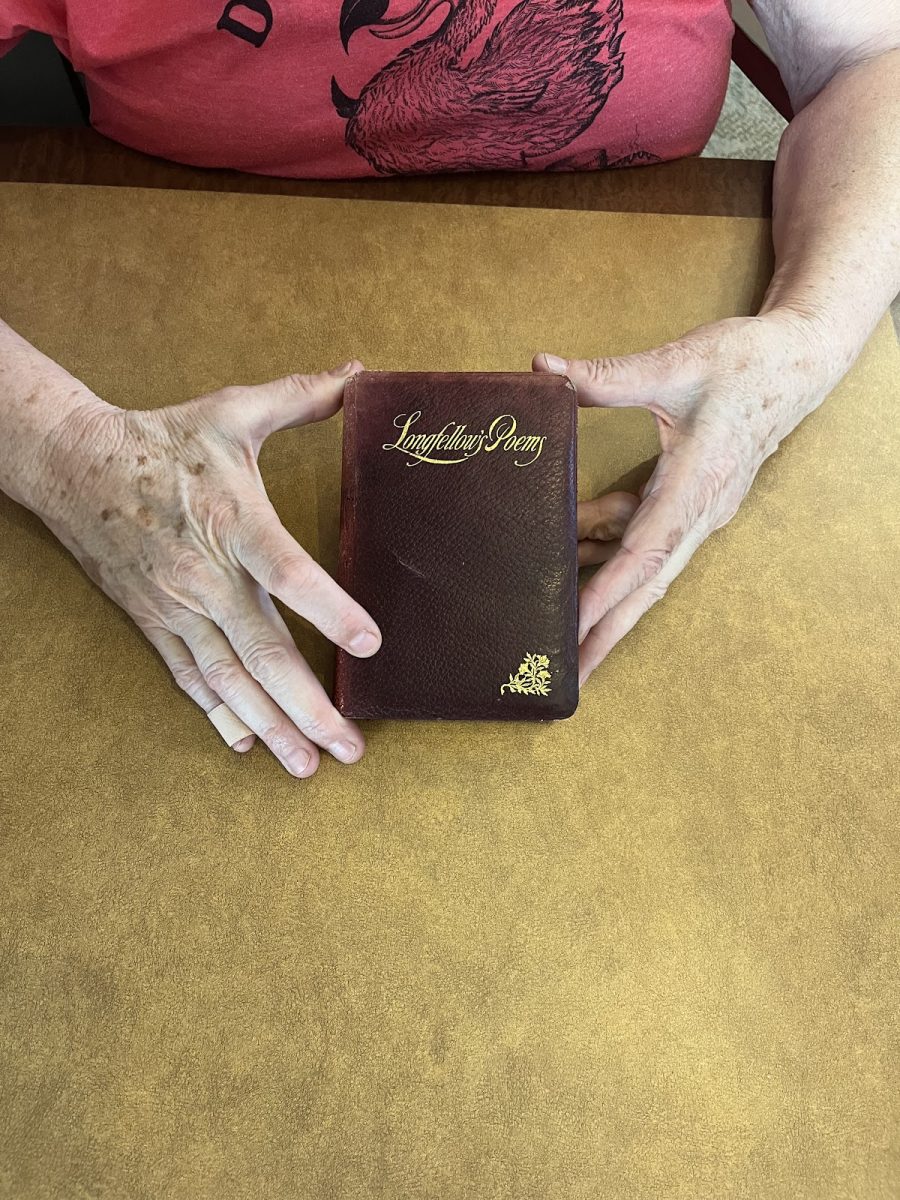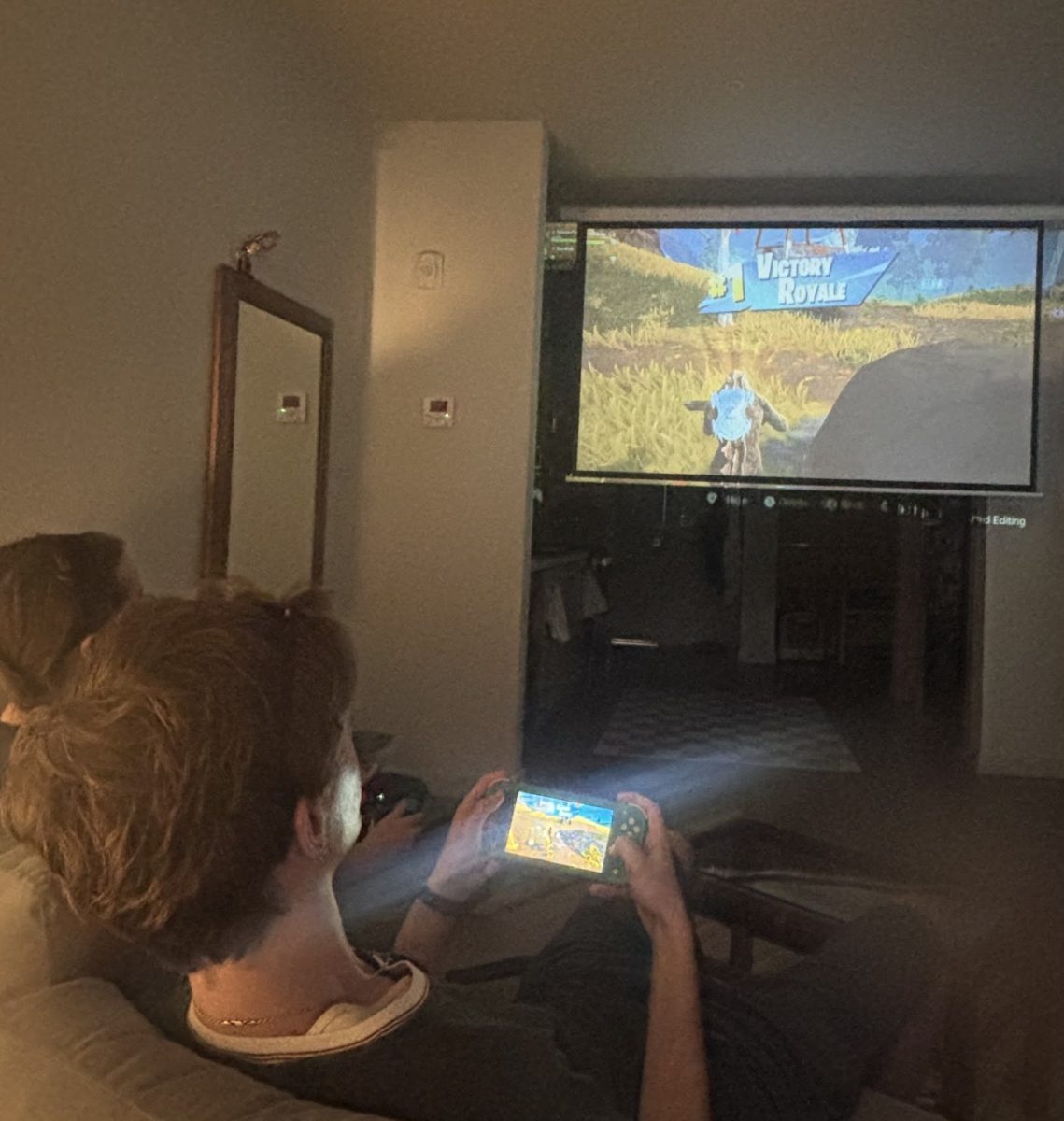Above is a homemade face mask that was made using the CDC sewing tutorial. Wearing a face mask is a great way to prevent the transmission of Covid-19. Photo by Emma Smith.
Throughout the last few months face masks have become more and more of a commonality, and some stores are now requiring the use of facemasks in order to enter. In addition, KGW’s article “Summer Camps May Reopen May 15; Large Gatherings Canceled Until At Least September in Oregon” by Jeff Thompson and Morgan Romero, says that Governor Kate Brown has requested that all employees who are unable to properly social distance in the workplace must use face masks. She also strongly encourages all Oregonians to wear masks when in public places.
Portlanders are responding to Brown’s request by making their own masks out of household items. Although any form of facial covering is better than none, the Center for Disease Control and Prevention (CDC) has given several patterns you can follow to create the most effective mask possible while staying inside. The following text is a tutorial on how to make your own mask that follows the CDC’s guidelines, paraphrased from the CDC website. The tutorial does involve sewing but the CDC website has two other tutorials that use no-sew methods.
The materials you need are as follows:
- Two rectangles of cotton fabric with the dimensions of 10 inches by 6 inches
- Two pieces of elastic that are six inches long (or rubber bands, string, cloth strips, or hair ties)
- Needle and thread
- Scissors
- A sewing machine (if you do not have a sewing machine you can stitch by hand)
Directions:
1. Cut out two ten-by-six-inch rectangles of cotton fabric (T-shirt fabric or sheets also work). Stack the rectangles as if they were one piece of fabric.
2. Fold the long sides ¼ inch and hem (sew). Then fold the short side over ½ inch and stitch down.
3. Run the elastic strips through the wider hem on each side of the mask. You can use a large needle or a bobby pin to thread it through. Tie the ends firmly together; these will be the ear loops. If you do not have elastic, use hair ties or elastic headbands. If you only have string, you can make the ties longer and tie the mask behind your head.
I myself made this particular pattern of face mask from an old cotton skirt I had lying around. The pattern worked well for me and only took me about 45 minutes to make, although I was hand stitching, so if you decide to use a sewing machine it would probably be more like 15-20 minutes. The fabric I used was solid blue so I decided to get a bit creative and draw some paisleys on with a permanent marker to give my mask a bit of a personal touch. I have also seen some people who have embroidered and tie dyed their masks, so there are lots of ways to personalize your mask to your own style.
To inform the public of the best way to use face masks, the CDC has put out the article titled, “How To Wear A Cloth Face Covering” stating that your mask should “Fit snugly but comfortable against the side of the face. Be secure with the ties or ear loops. Allow for breathing without restriction. Be able to be laundered and machine dried without damage or change to shape.” To keep your face mask sterile you should routinely wash your face mask. A washing machine will suffice for sterilization. When removing your mask, you should be cautious not to touch your eyes, nose, and mouth. Additionally, children under the age of two, people with significant breathing problems, and those who are unconscious should not wear face masks. For more information and live updates on COVID-19 please visit the CDC website at cdc.gov.


